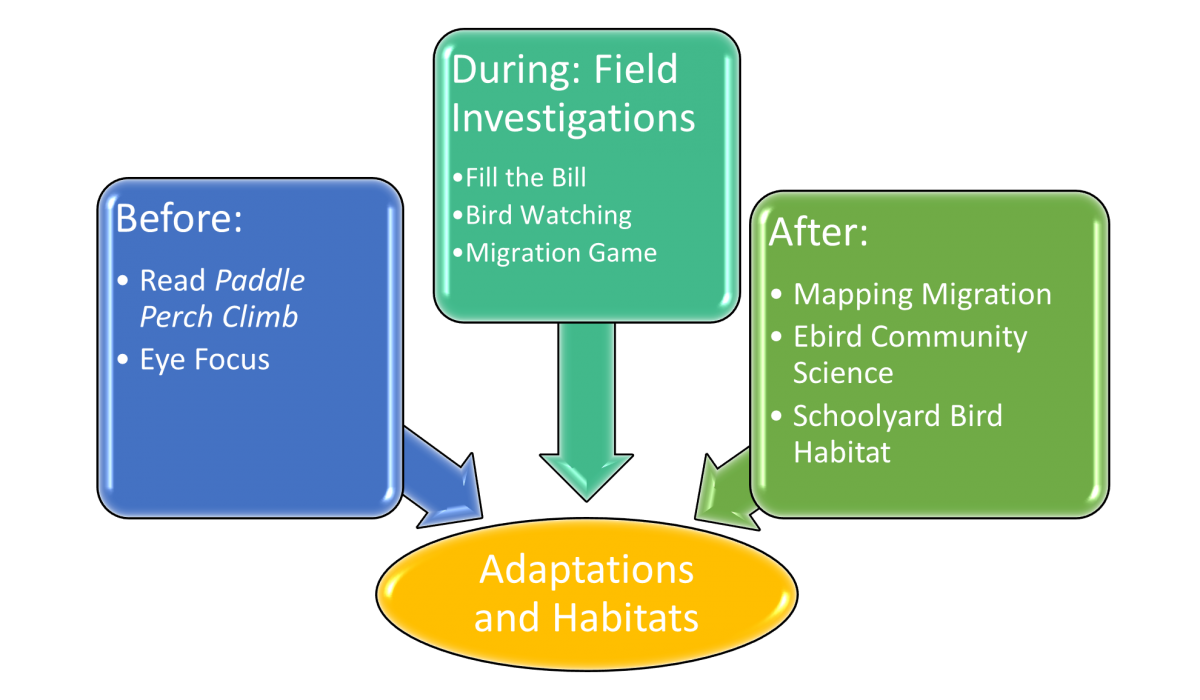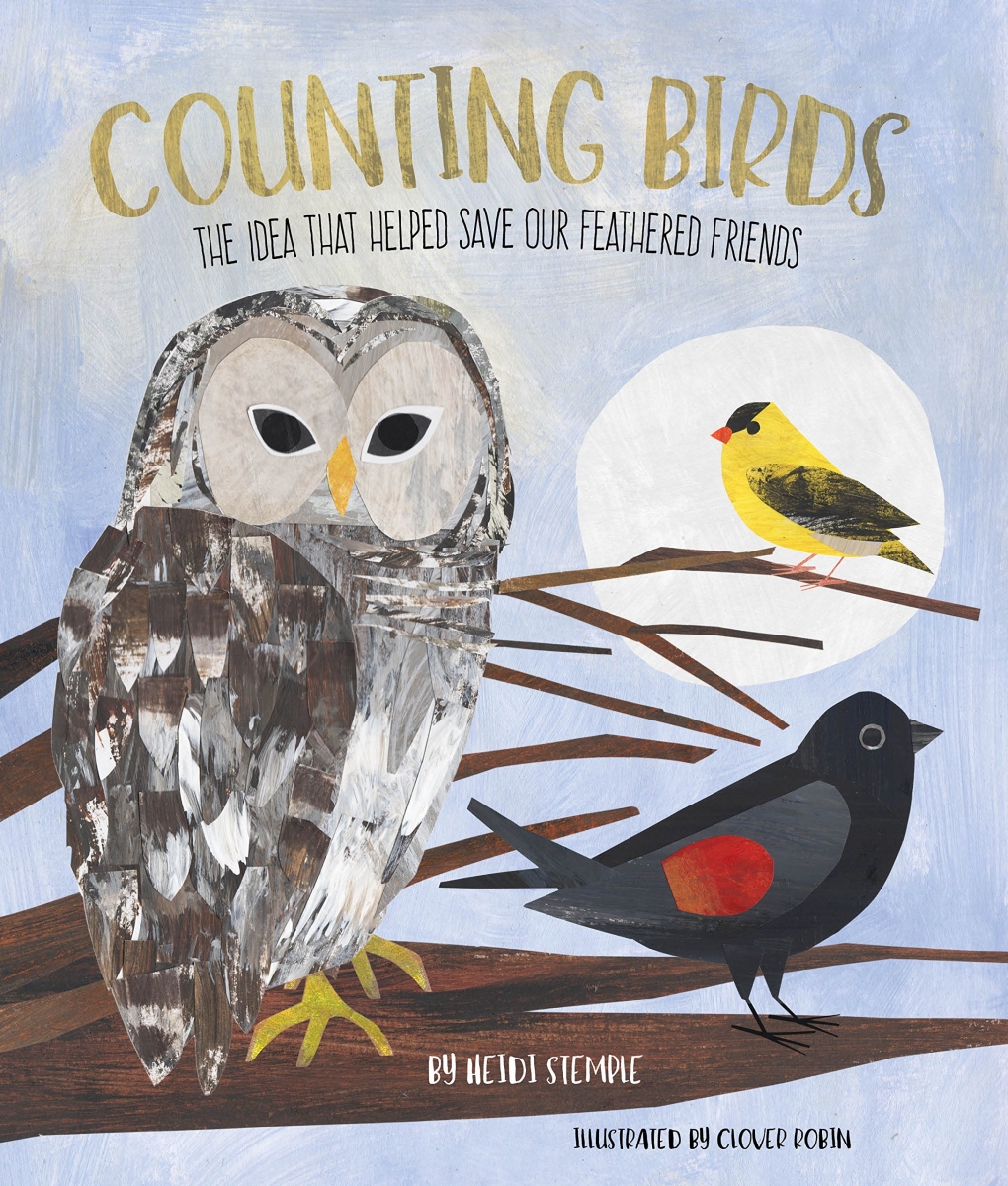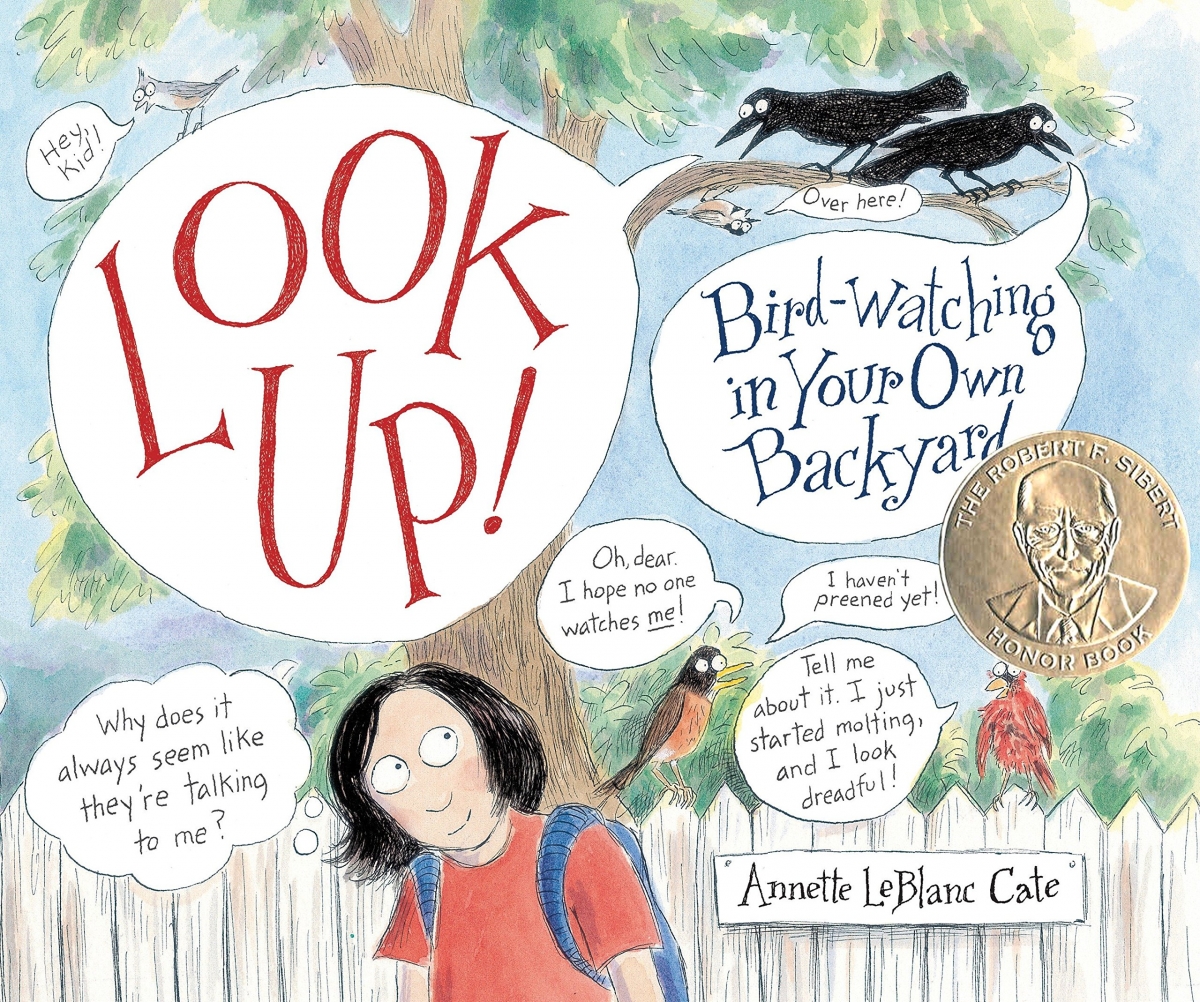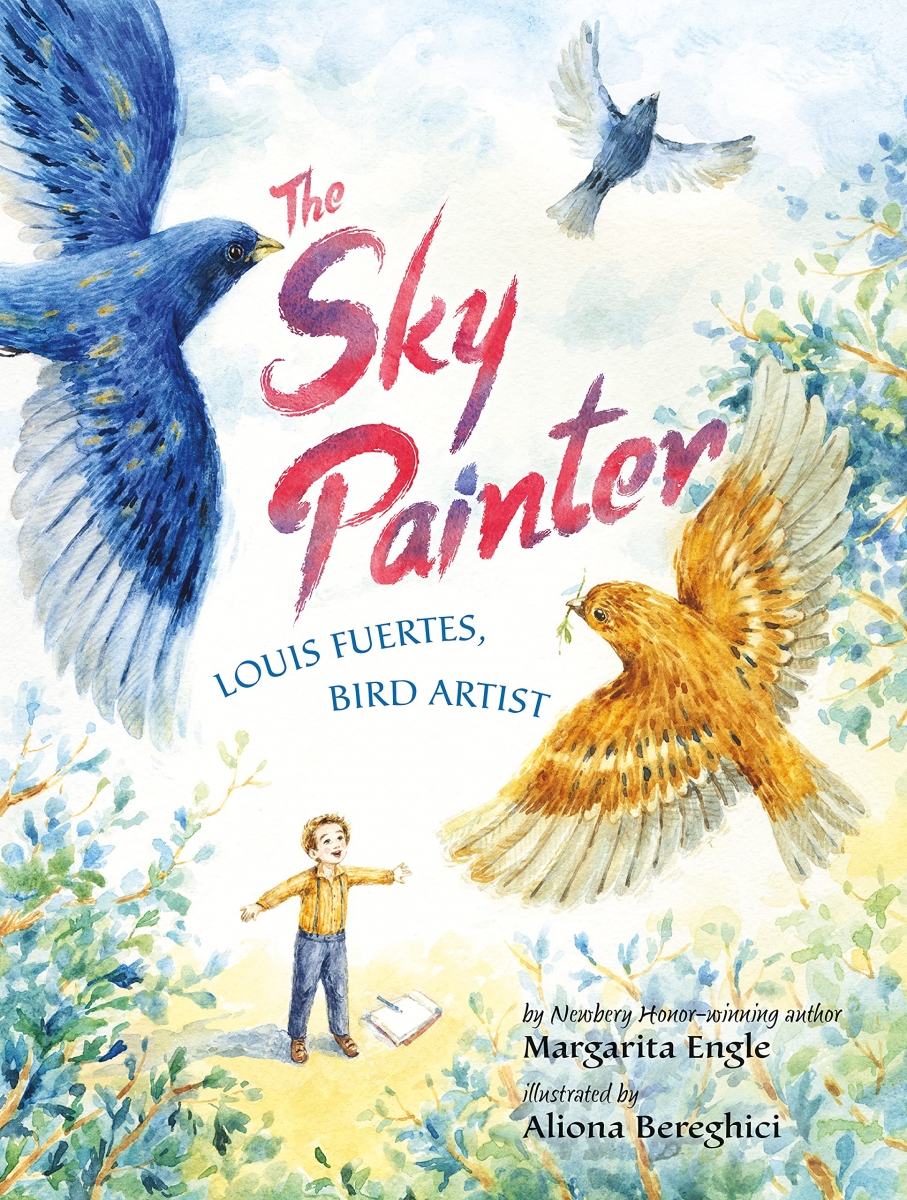- Visit
- Things to Do
- Learn
- Arboretum
- Research
- Support
- About
- People


Birds have adaptations that allow them to survive in a multitude of environments in a watershed. Students consider strategies that help birds secure shelter and find food, and explore how bird beaks are adapted for gathering and eating specific foods. Outdoors, fledgling ornithologists use binoculars to observe birds in their natural habitats, and collect data to interpret and share in citizen science projects as part of civic responsibility. This program is offered year-round!
Target SOL (For the field investigation. Additional SOL apply to the before and after activities.)
Science (2018): 2.1, 2.5, 2.7; 3.1, 3.4, 3.5, 3.8; 4.1, 4.3, 4.8
English (2024): 2.C.1, 2.RV.1 ; 3.C.1, 3.RV.1 ; 4.C.1, 4.RV.1
Social Science (2023): VS.1

Field investigations are more meaningful to students when they are integrated into their curriculum. This lesson cluster can be used to introduce and/or review adaptations, habitats, and life needs as well as synthesize data and consider civic responsibility for a systems approach and increase depth of knowledge.
The Before-visit activities develop understanding of bird adaptations through literacy connections, and develop observation skills helpful in bird observations. During the field investigations, students explore bird beak adaptations, go on a bird walk as young ornithologists, and engage in a kinesthetic migration activity. With the after-visit activities, students use map reading skills to deepen their understanding of the adaptation of bird migrations and engage in citizen science and stewardship to assess and create bird-friendly habitats. Click here for the full lesson cluster (see each section for individual activity plans).
NOTE: hover over bolded phrases to find links to resources
These activities help develop an understanding of bird adaptations through literacy connections, and develop observation skills helpful in bird observations.
During your field investigation at Blandy, your students will engage in several indoor and outdoor lessons. Below is an overview of the “typical” program activities to assist you with integrating this field experience into the classroom experiences. The activities can change due to weather, the volume of students, or through communication with environmental educators. Click here for a sample schedule.
Fill the Bill- Students consider strategies that help birds secure shelter and find food and explore how bird beaks are adapted for gathering and eating certain foods.
Bird Watching- Outdoors, fledgling ornithologists use binoculars to observe birds in their natural habitats, and collect data to interpret and share in citizen science projects as part of civic responsibility
Migration Game- Students engage in a kinesthetic game modeling the process of bird migration, including the trials and tribulations birds meet on their migration journeys.
With the after-visit activities, students use map reading skills to deepen their understanding of the adaptation of bird migrations and engage in citizen science as well as a bird feeder design challenge.
After 1- Community Science and your Bird Data
After 3- Design a Feeder Challenge
 Counting Birds: The Idea That Helped Save Our Feathered Friends Non-fiction
Counting Birds: The Idea That Helped Save Our Feathered Friends Non-fiction
Author: Heidi E.Y. Stemple Illustrator: Clover Robin
2nd - 5th
Suggested Activities:
 Look Up: Bird-Watching in Your Own Backyard Non-fiction
Look Up: Bird-Watching in Your Own Backyard Non-fiction
Author: Annette LeBlanc Cate
3-5 Lexile: 810L
Suggested Activities:
 Paddle Perch Climb: Bird Feet are Neat Non-fiction
Paddle Perch Climb: Bird Feet are Neat Non-fiction
Author: Ellen Angus
preschool - 3rd Lexile: AD480L
Suggested Activities:
 The Sky Painter: Louis Fuertes, Bird Artist Non-fiction
The Sky Painter: Louis Fuertes, Bird Artist Non-fiction
Author: Margarita Engle Illustrator: Aliona Bereghici
1st-3rd Lexile: AD90L
1-3rd Lexile: AD970L
Suggested Activities: